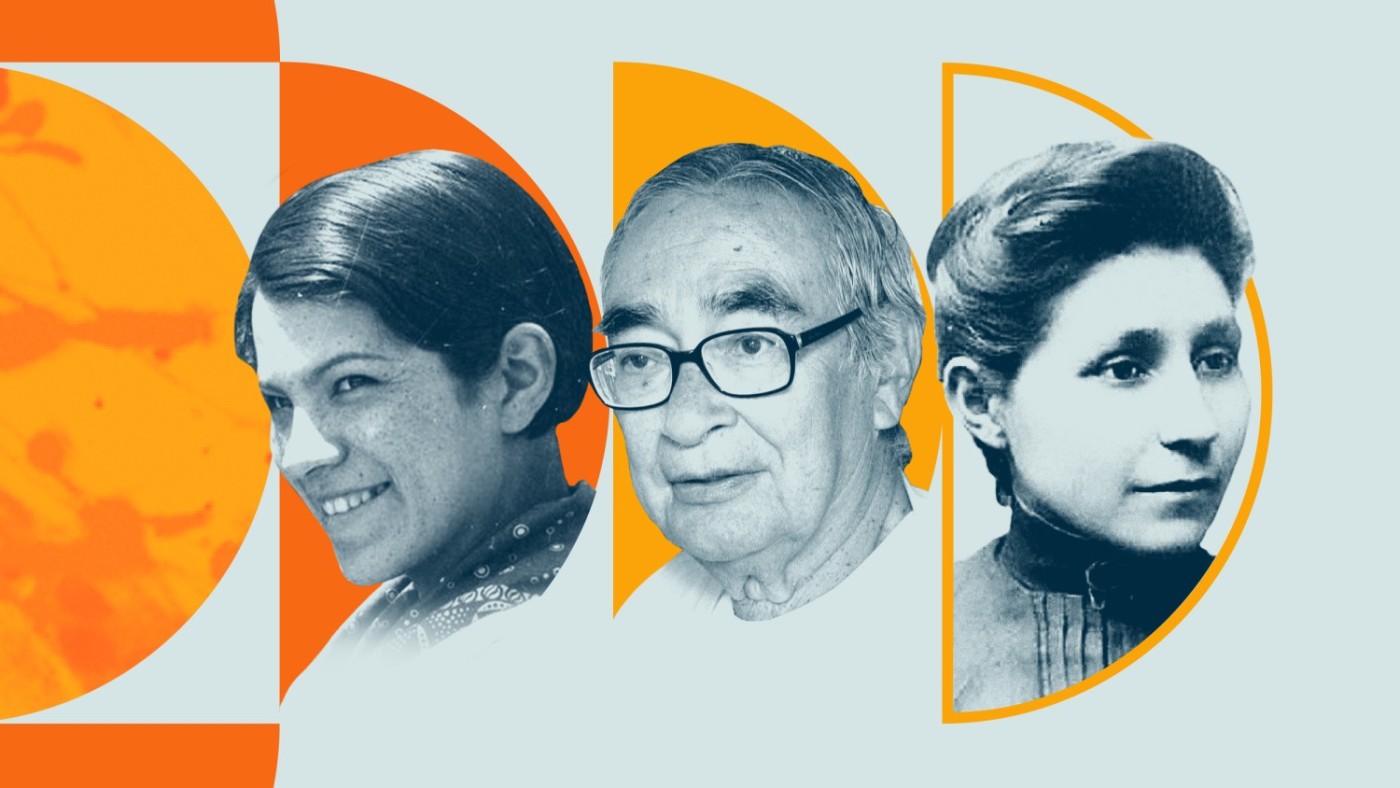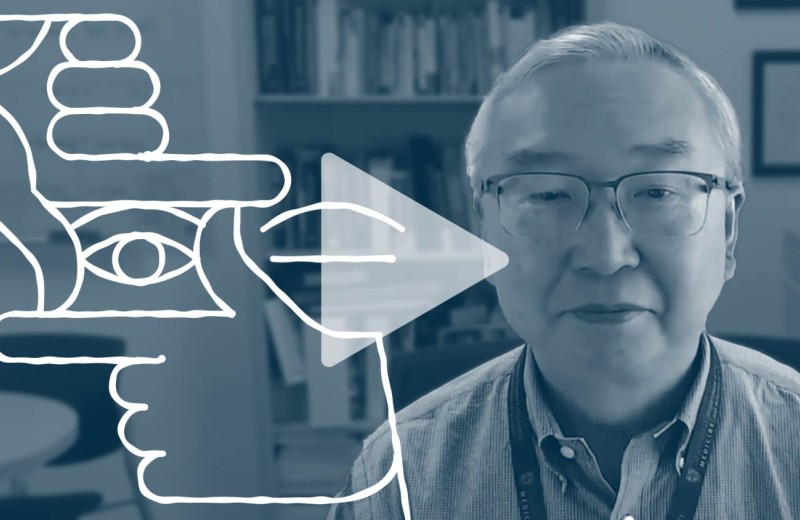Gladstone NOW: The Campaign Join Us on the Journey✕

Learn about these important figures in science.
November is Native American Heritage Month. We’re celebrating by highlighting indigenous scientists throughout history who have made an impact in the fields of physics, anthropology, medicine, and more.
Floy Agnes Lee (1922-2018)
Floy Agnes Lee was a biologist from Albuquerque, New Mexico. Her mother was of German-American heritage and her father belonged to the Santa Clara Pueblo. She grew up at the Albuquerque Indian School and later graduated from the University of New Mexico (UNM) with a degree in biology in 1945. Lee’s early research at UNM led her to an unexpected opportunity: joining the Manhattan Project’s hematology lab at Los Alamos. There, she monitored the health of scientists exposed to radiation, including the renowned Enrico Fermi and Louis Slotin.
After the war, Lee pursued a PhD in biology from the University of Chicago, eventually returning to Los Alamos National Laboratory. Her legacy endures as one of the few Native Americans to work on the Manhattan Project.
Fred Begay (1932–2013)
Fred Begay was a Navajo nuclear physicist. Begay’s parents were Navajo and Ute healers who taught him healing songs at an early age. When Begay was introduced to physics for the first time, he saw many connections between traditional Navajo beliefs and modern science. In addition to his research in nuclear physics, Begay spent hours translating and mapping connections between Navajo religion and modern science. He went on to join the Los Alamos National Laboratory and studied thermonuclear fusion.
Jerry C. Elliott High Eagle (Present)
Jerry C. Elliott High Eagle is a physicist of Osage and Cherokee descent. He was one of the first Native Americans to work at NASA, joining in 1966 to work as a flight mission operations engineer. He worked on the mission control team during the Apollo 11 moon landing in 1969. Elliot also played an instrumental role in computing the trajectory and successful return of the Apollo 13 mission after an oxygen tank explosion, for which he received a Presidential Medal of Freedom by Richard Nixon.
During his time at NASA, Elliot was an advocate for increasing telecommunications infrastructure between Native American reservations. His work, which included testimony to congress, ultimately led to the First Americans Commission for Telecommunications (FACT).
Nanibaa' Garrison (Present)
Nanibaa’ Garrison is a Navajo bioethicist and geneticist. She is currently an associate professor at UCLA with appointments in the Institute for Society and Genetics, the Institute for Precision Health, and Internal Medicine. She received her PhD in genetics from Stanford University, where she researched human pigmentary variation and completed a postdoctoral fellowship in bioethics. Garrison’s work centers on the ethical, social, and cultural dimensions of genetic research within Indigenous communities. She uses community-based research approaches to engage with tribal communities to develop policies and guidance for tribes. Additionally, Garrison is a core faculty member for the Summer Internship for Indigenous Peoples in Genomics (SING), where she mentors Indigenous students and advances discussions around genomic ethics and policy.
Susan La Flesche Picotte (1865–1915)
Susan La Flesche Picotte, of the Omaha Nation, was the first Native American to earn a medical degree. She advocated for public health and political rights of the Omaha people. In one of her public health campaigns, she pushed to prevent and treat tuberculosis, which had no cure at the time. Picotte is also credited with building the first private hospital on a Native American reservation.
Bertha Parker (1907–1978)
Bertha Parker, of Abenaki and Seneca descent, is thought to be the first female Native American archaeologist. Her interest in archaeology started at a young age when she would join her father (also an archaeologist) on various dig sites. She discovered a number of archaeological sites, such as the Scorpion Hill Pueblo Site and the Corn Creek Campsite, located in Nevada. Parker’s most notable discovery was at the Gypsum Cave in Nevada, where she found the skull of a ground sloth next to man-made artifacts, providing evidence that the sloth and man coexisted.
Tina Marie Woods (Present)
Tina Marie Woods is Aleut and grew up between St. Paul Island, Alaska, and Guam. She is a psychologist and Native Alaskan advocate. Woods serves as the senior director of community health services for the Alaska Native Tribal Health Consortium.
She blends Western science with Indigenous practices based on teachings from Elders, and has dedicated her career to working with Native Alaskan people to provide them with comprehensive health services.
This article was originally published November 2022 and was updated in November 2024.
Neurodiversity in the Workplace
Neurodiversity in the Workplace
Hear about the “Strengths-Based Model of Neurodiversity” and how it can help neurodiverse individuals be successful in finding employment and in maximizing their professional potential
Communications DiversityPUMAS Program Receives Five-Year Grant to Fuel Outreach, Diversify Science
PUMAS Program Receives Five-Year Grant to Fuel Outreach, Diversify Science
The impactful summer internship program, created at Gladstone Institutes, immerses select undergraduates in cutting-edge science
Postdoctoral and Graduate Student Education and Research Development Affairs Student Outreach and Science Education Institutional News DiversityA Summer of Discovery at Gladstone
A Summer of Discovery at Gladstone
Photo highlights from the 2024 PUMAS Internship
Postdoctoral and Graduate Student Education and Research Development Affairs Student Outreach and Science Education Diversity



